Facing roof damage can be a daunting ordeal for any homeowner, particularly when it comes to navigating insurance claims to cover repair costs. This article provides a comprehensive guide on how to successfully file a claim for roof replacement and how to get insurance to pay for roof replacement.
Whether your roof has suffered from storm damage, normal wear and tear, or sudden disaster, the right knowledge and approach can streamline the insurance roof replacement process, help save money, and alleviate some of the financial burdens.
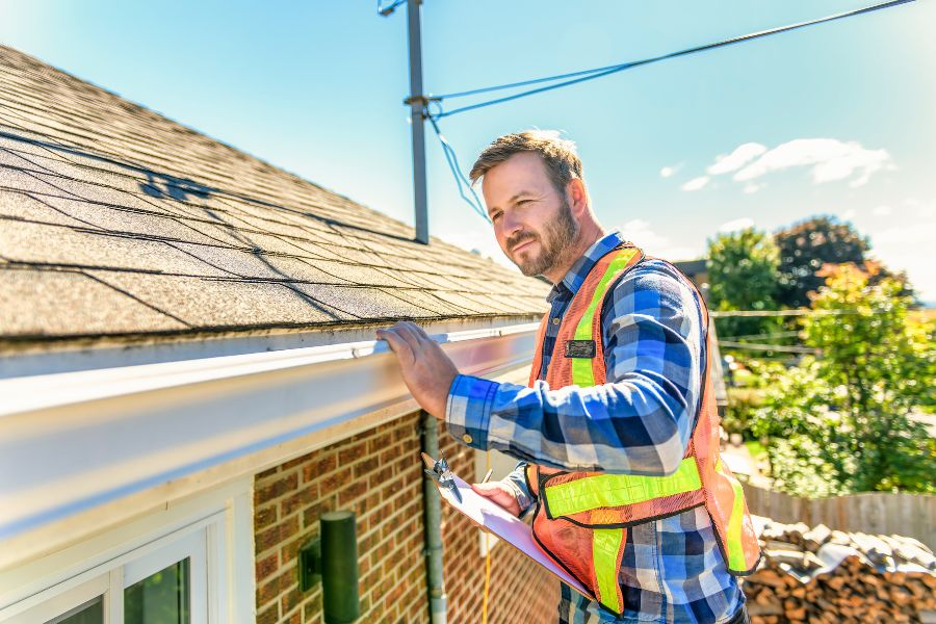
Homeowners Should Understand the Claim Process
Most homeowners don’t understand the various levels of the roof damage insurance claim process, and this lack of understanding can lead to missed opportunities for maximizing claim payouts.
Understanding how to file a comprehensive claim is essential. By familiarizing yourself with your policy details and the steps required to file a claim effectively, you can avoid common pitfalls that may delay or diminish your compensation. Knowing your rights and the responsibilities of your insurance provider can empower you to advocate for your interests and ensure that you receive the fair value of your claim.
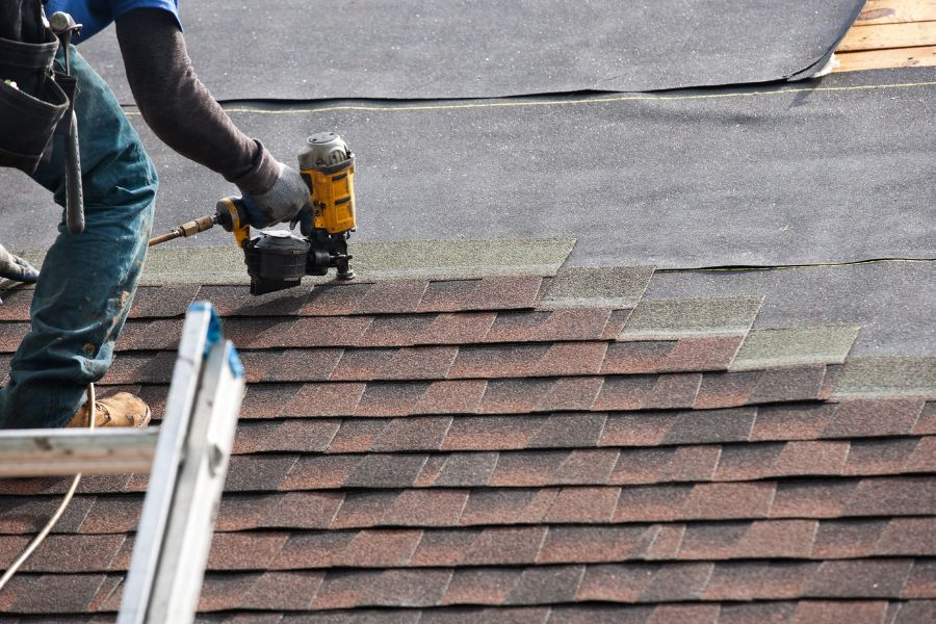
Step-by-Step Guide on the Insurance Claim Roof Replacement Process
The process of filing a roof insurance claim for replacement begins with a clear understanding of the damage and your coverage.
A trusted insurance company plays a pivotal role in guiding homeowners through this process, helping to assess the damage, understand policy entitlements, and navigate the claims procedure. By working closely with your insurance provider, you can ensure that all aspects of the damage are documented and submitted correctly, which is crucial for receiving an accurate estimate and fair compensation for a roof claim.
1. Assess your roof damage
After discovering roof damage, it’s important that homeowners document everything meticulously.
Homeowners should take detailed photos from various angles and jot down notes describing the extent and cause of the damage. This initial assessment is invaluable when you file your insurance claim, as it provides the baseline evidence your insurance company needs to evaluate the situation.
Clear and comprehensive documentation can make the difference between a fully covered roof repair and out-of-pocket expenses.
2. Review your homeowner’s insurance policy
Before proceeding with a claim, review your homeowner’s insurance policy thoroughly.
Each policy has specific terms and exclusions that dictate what kinds of damage are covered and under what circumstances. Understanding these details can help you argue your case more effectively and set realistic expectations about what your insurance is likely to cover.
Pay special attention to any clauses about roof damage, particularly regarding causes like natural disasters or “acts of God,” and note any required conditions or procedures stipulated for filing a claim.
Types of Roof Damage Covered by Homeowners Insurance Claim
Not all roof damage is covered by a homeowners policy. Homeowners insurance typically covers sudden and accidental roof damage, such as that caused by windstorms, hail, and other severe weather events.
Damage from snow, sleet, water, or ice accumulation, as well as fire, lightning strikes, and falling objects, are also generally covered. However, it’s important to review your policy to confirm which types of damage are included and under what circumstances.
Some policies may exclude certain types of damage or offer limited roof coverage based on the age of the roof or the specifics of the incident.
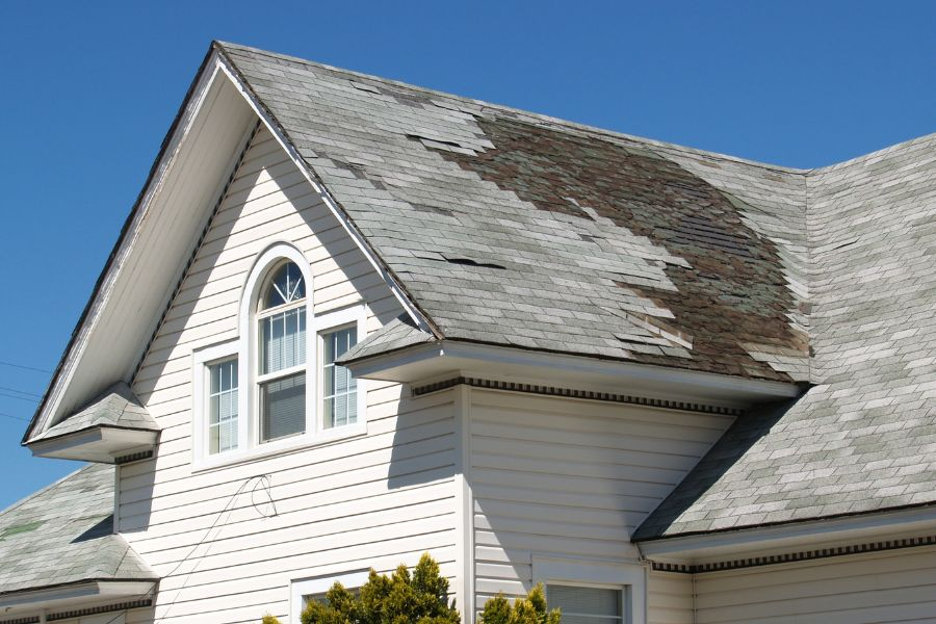
3. Get in touch with your insurance agent
After assessing the damage and reviewing your policy, the next step is to contact your insurance agent. Your agent can provide specific instructions on how to proceed with your claim and what additional documentation may be required. Effective communication with your insurance agent can help clarify any uncertainties and ensure that your claim is processed efficiently.
Be prepared to provide all collected evidence of the damage and any estimates you have already obtained from roofing companies.
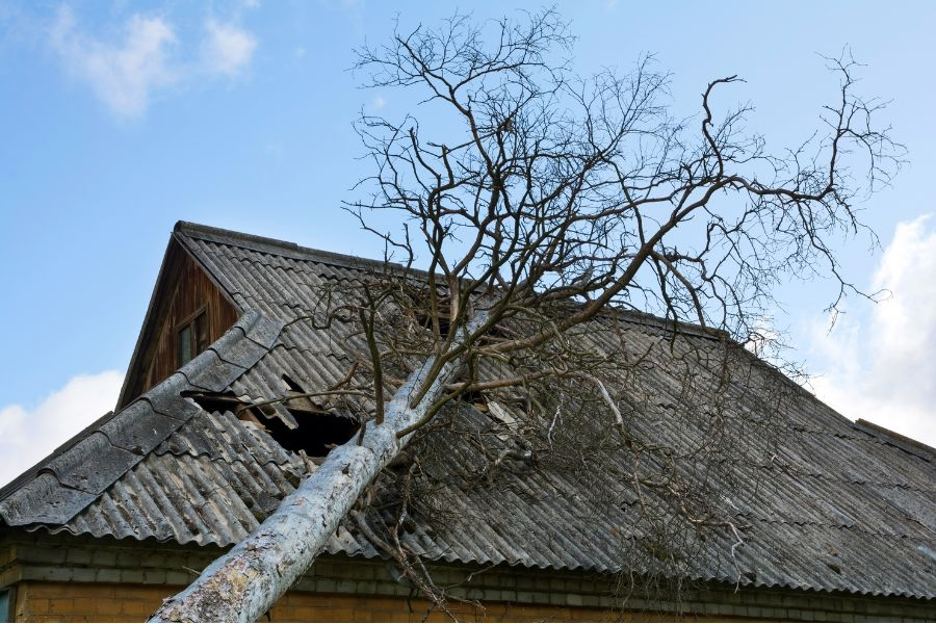
4. Add proof to your insurance claim
To bolster your insurance claim, compile a detailed package of all relevant documentation, including photos, detailed notes, and any professional assessments or quotes you have received from a reputable roofing company.
This compilation should paint a clear picture of the damage for the insurance adjuster, helping to eliminate any doubts and expedite the claims process. The more comprehensive and organized your evidence, the less room there is for disputes over the extent of the damage and the necessity of repairs or replacement.
5. Prepare for an insurance adjuster inspection
The insurance adjuster’s role is to assess the damage firsthand and determine the validity and value of your claim. When the insurance adjusters visit, ensure that all areas of damage are easily accessible and that you are available to answer questions. This roof inspection is a critical component of the claims process, as the adjuster’s report significantly influences the outcome of your claim.
Being well-prepared can help ensure that the adjuster has all the information needed to make a fair assessment.
6. Estimating roof replacement & roof repairs
Following the adjuster’s inspection, the next step is obtaining estimates for the repair or replacement of your roof.
Get multiple estimates from reputable roofing contractors to ensure that the quotes are competitive and comprehensive. These estimates not only inform the insurance company about the potential cost of roof repairs but also help in negotiating the claim payment. It is important that these estimates are detailed and include a clear breakdown of all anticipated work.
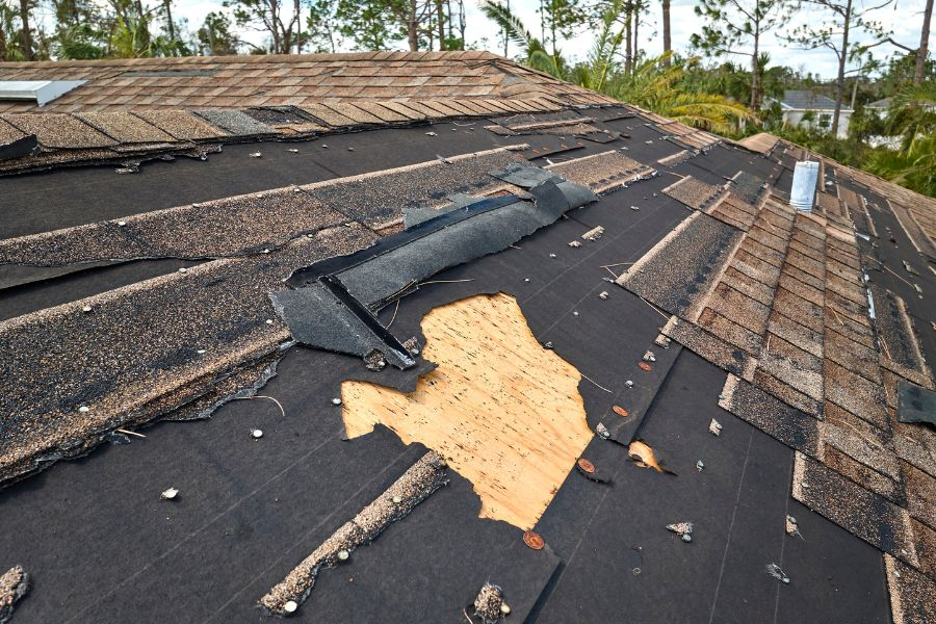
Insurance pays actual cash value or replacement cost value
Understand the difference between actual cash value (ACV) and replacement cost value (RCV).
ACV takes into account your roof’s depreciation, meaning you might receive less than the current market cost to replace it. In contrast, RCV policies reimburse you for the full cost of replacing your roof at current prices without considering the depreciated value. Knowing which type of coverage you have can help you set realistic expectations for your insurance payout.
7. Wait for an insurance estimate from the insurance company
After submitting your roofing claim with all necessary documentation and estimates, the insurance company will review the information and determine the amount they will pay. This can be a period of negotiation, especially if the initial offer does not cover the full cost of repairs as estimated by your contractors.
It’s important to review the insurance company’s payout proposal carefully and discuss any discrepancies with your agent.
How To Get Insurance To Pay for Roof Replacement if your roof insurance claim is denied or underpaid
If your insurance claim is denied or you feel the payout is insufficient, it’s important to understand your rights to appeal. Review the insurance company’s denial or underpayment notice carefully, understand the reasons provided, and prepare to submit additional documentation or evidence if necessary.
The appeals process can be complex, so it may be beneficial to seek advice from a public adjuster or roofing attorney.
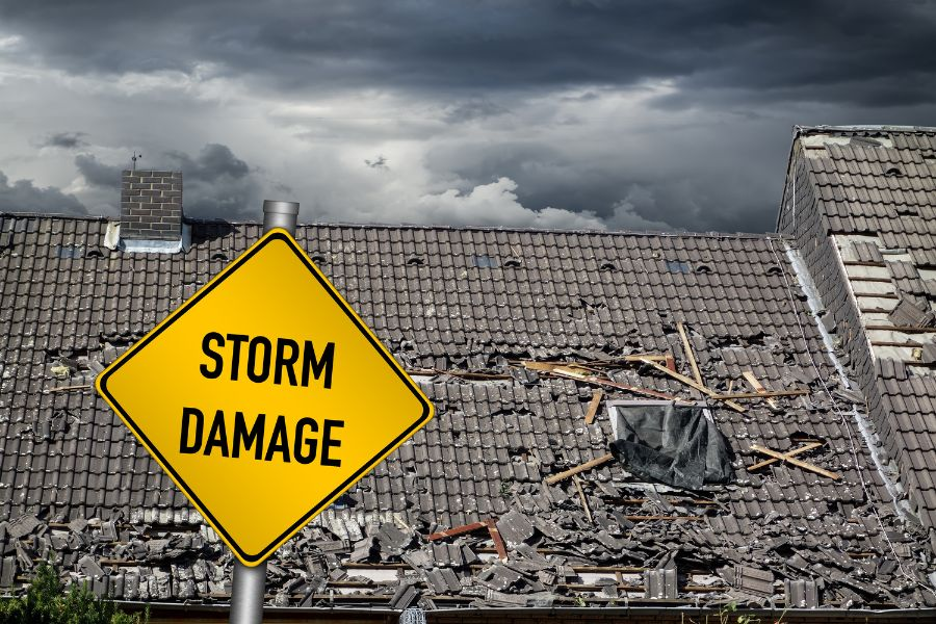
8. Hire a Roofing Contractor
Once the claim is settled, start looking through reputable roofing companies and select a roofing contractor to undertake the repairs or replacement. Ensure that the contractor is licensed and insured. Ideally, choose a roofing company with experience in insurance work, as they will be familiar with the process and can help ensure that the work meets the insurance company’s standards.
9. Follow up with your insurance company
Maintaining open lines of communication with your homeowner’s insurance company all throughout the repair process is important. Keep them updated on the progress of the work and any adjustments in cost or scope.
This ongoing dialogue is crucial to ensure that the insurance payout aligns with the actual costs and that any additional necessary roof coverage is addressed promptly.
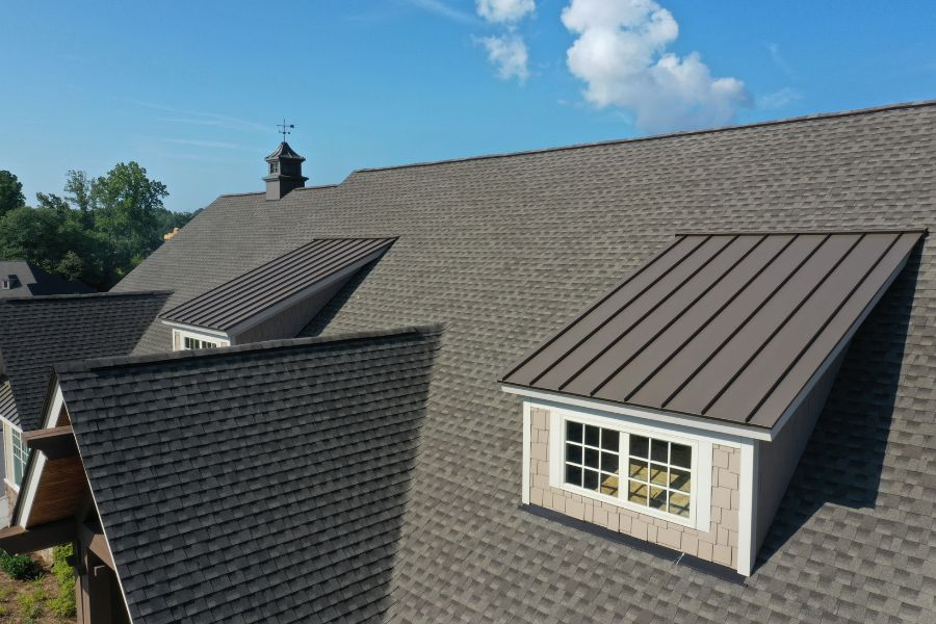
10. How to prevent future roof damages
Conduct regular inspections and maintenance, especially after extreme weather, to mitigate future roof damage. Check for tree falls, wind damage, and other weather damage on the entire roof or even just a few shingles.
Having a roofing specialist inspect your roof after a major storm or natural disaster can help catch issues early, prevent further damage, and, therefore, keep potential claim costs down. Engaging a reputable roofing company for periodic checks can help identify potential issues before they escalate into major problems, potentially saving you significant repair costs down the line.
11. Maintain your new roof
Finally, after your roof has been repaired or replaced, regular maintenance is key to extending its lifespan and preventing future damage. Schedule regular inspections, clean gutters and downspouts, and address minor repairs promptly. Proactive maintenance not only helps keep your roof in optimal condition but also supports your case in any future insurance claims by showing that the roof has been well cared for.
By following these detailed steps, homeowners can effectively manage their roof damage insurance claims, from initial assessment through to final repairs, ensuring that they receive the compensation they are entitled to under their insurance policy.
